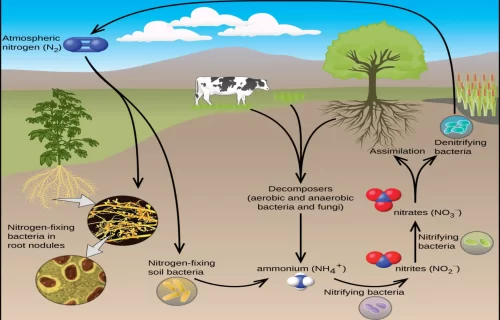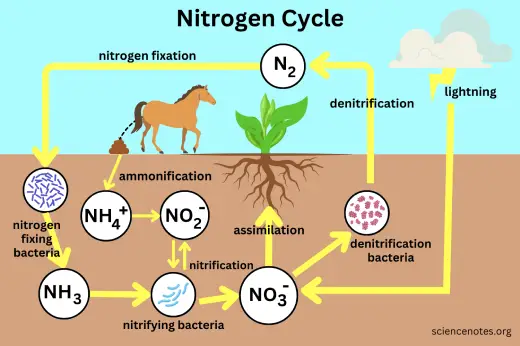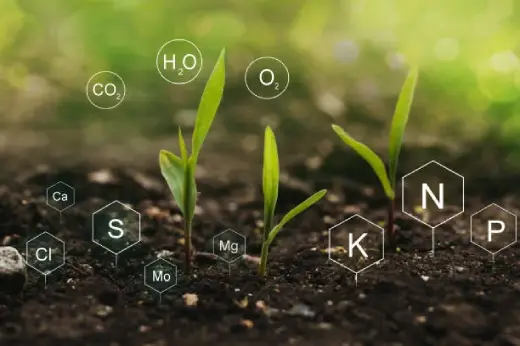Nitrogen Gas: A Silent Force Shaping the World
The gas nitrogen, which is colorless and odorless, makes up a large amount of the atmosphere of Earth. Nitrogen is essential for maintaining life, promoting agriculture, and advancing technology due to its wide range of uses in numerous sectors. We shall examine the characteristics, uses, and functions of nitrogen gas in this article.

Properties of Nitrogen Gas
Chemically represented as N2, nitrogen exists as a diatomic molecule, comprising two nitrogen atoms. It is the seventh element on the periodic table, possessing an atomic number of 7. Nitrogen gas is inert and does not readily react with other elements, making it a stable component of the Earth’s atmosphere by Fazal Son’s
Explore More Features

Abundance in the Atmosphere
Nitrogen makes up approximately 78% of the Earth’s atmosphere, making it the most abundant gas. While it is vital for sustaining life, nitrogen’s inert nature means that it does not readily participate in chemical reactions with other atmospheric components. This stability contributes to the overall composition of the air we breathe.

Role in Life Processes
Nitrogen is an inert element but is necessary for all living things. It is an essential part of amino acids, which are proteins’ building blocks. Nitrates are the kind of nitrogen that plants take up from the soil and use for growth and development. Nitrogen is constantly available in ecosystems because to a variety of chemical and biological processes known as the nitrogen cycle.

Utilizing Nitrogen in Fertilizer
The use of nitrogen gas in agriculture is among its most important uses. A vital component of fertilizers, nitrogen encourages plant development and increases agricultural yield. Fertilizers that are synthetic, like those based on ammonia, give plants an easy way to get nitrogen, which helps them grow strong, healthy harvests.

Industrial Applications
Many industrial operations make substantial use of nitrogen gas. Because of its inert nature, it is the perfect blanketing gas to replace oxygen in packaging and storage to keep perishable goods from oxidizing and spoiling. Nitrogen is utilized in the food sector to keep packaged items fresh, and in the electronics industry, it’s used for cooling and purging throughout production processes.

Liquid Nitrogen
At extremely low temperatures, nitrogen transforms into a liquid state. Liquid nitrogen, with its temperature around -196 degrees Celsius (-321 degrees Fahrenheit), is used in cryopreservation, medical procedures, and as a coolant in various scientific and industrial applications. Its ability to rapidly freeze and preserve biological samples makes it invaluable in fields like medicine and research.

Space Exploration
Nitrogen is not confined to Earth; it also plays a role in space exploration. Liquid nitrogen is utilized as a cryogenic propellant in rocket engines, contributing to the thrust needed for space missions. The inert nature of nitrogen ensures stable storage and handling, making it a reliable component in aerospace applications.
Conclusion
Nitrogen gas is a flexible and essential element with a wide range of applications, despite being frequently disregarded in its capacity as a silent, inert component of the environment. Nitrogen has a broad and vital influence, supporting everything from business, space exploration, and agriculture to maintaining life through its role in the nitrogen cycle. Nitrogen is still essential to human technological progress as well as the health of natural ecosystems, and its potential is being discovered in a number of disciplines.






